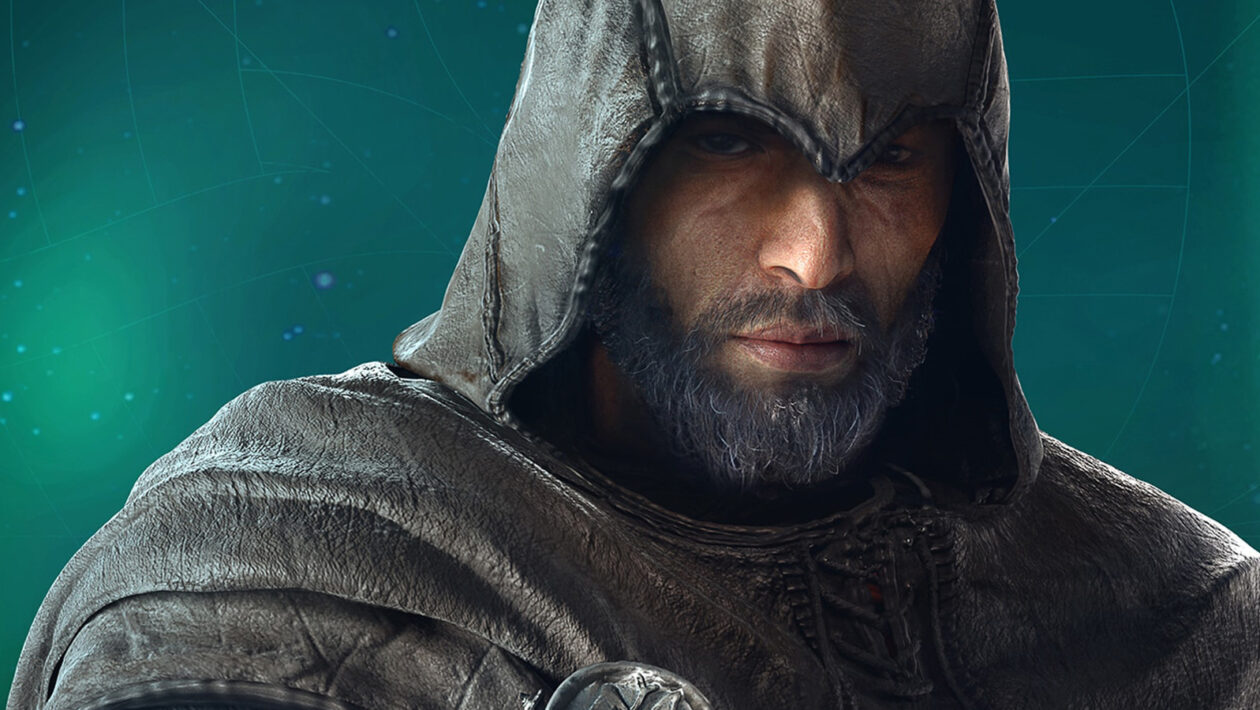Recenze Nebuchadnezzar » Vortex
Jand the dogs huddled together, as the dogs lie on the ramp, and their lips are closed in fear. For six days and seven nights the wind blew with the flood, and all mankind turned into mud. The brave and skilled Uta-Napistim and his ark will stand at the birth of new kingdoms when the gods accept the sacrifices and settle the survivors at the mouth of the rivers on the island of Dilmun. And listen! A great king will come and rule over a hundred and twenty-six years. Of the two thirds, a god and one man, figures eleven elbows, nine inches in width will measure his breasts and three inches long his manhood. He will kill giants, fight heroes and tame bulls, and build walls that will protect the city of Uruk long after the ferryman Urshanabi embarks on a journey with the king’s immortal soul. And people will tell and sing songs about the famous King Tomus and his journey to complete the eighth mission…
The building strategy of the Czech creators Nebuchadnezzar already refers at first glance to the classic titles of their genre. The titles of Impressions Games, set in various periods of ancient history – Caesar, Pharaoh, Zeus and Emperor – still have their loyal fans and players who remember them with love. Nebuchadnezzar brings their modernization with feeling, not in the technical sense, but in terms of control, accessibility and clarity of individual game elements. And his individual missions are actually historical lessons that tell a piece of rich history in the fertile crescent of the Euphrates and Tigris rivers and allow players to plan and build one of the ancient metropolises. All in clear and functional 2D graphics and styling, which shows that the key is not the tinsel, but the systems that run on the map of each sub-scenario.
Contents
How to best use space and time?
In a way, each mission of Nebuchadnezzar is a small but intricate puzzle. How to deploy irrigation canals and fields to grow enough crops to supply the projected population. How to transport various goods from the port to the warehouses as efficiently as possible, how to set up the paths of caravans and carriers correctly, so that the products produced reach the houses, villas and palaces of the aristocracy. How to make money in business and get cedar wood, copper, gold, or other valuables that are not available in Mesopotamia. With each mission, finding the optimal approach is a little more difficult, but always fair. Does the farm produce enough milk and still have nothing to drink? Probably a long caravan or a tangled path of the marketer… or the player did not notice the warehouses, which were full of loaves of bread and it will be necessary to play with the setting of maximum stocks. The various snags, when the population suddenly begins to fall in missions and the city spills like a house of cards, will of course cause anger and panic, but Nebuchadnezzar does everything in his power to take effective rescue steps through the screens with statistics and important metrics. or realized what to do better next time.
Business diplomacy
The game combines architectural and economic elements in an interesting proportion. Conflict already creates two basic premises: money can only be obtained through trade. They do not come automatically, even if an aristocracy settles in the city. From the beginning, if the player does not want to end up broke, he must consider which raw material or product he could export – and where. The second premise is the simple fact that it is never possible to mine or produce everything that the inhabitants demand – but it is also necessary to make money to buy copper or ivory. Cities in the immediate or more distant surroundings are willing to sell and buy only some goods and also require a certain prestige of the player’s city; which means a constant but necessary development of the population and their quality of life.
Nebuchadnezzar I. a II.
The ruler who gave the game its name was king of the Babylonian Empire in the 12th century BC. Nebuchadnezzar I managed to defeat the Elamites, who ravaged the territory of Babylon, and recover the looted statues of the gods. Nebuchadnezzar II, known from the Bible, is more than 600 years apart from the first king of that name. Nebuchadnezzar II ruled in the Neo-Babylonian period in 605-562 BC, is known as the king who defeated the Judean Empire and demolished Solomon’s temple. He also controlled Syria and Egypt, built high walls around the city of Babylon and had one of the seven wonders of the world built – the Hanging Gardens.
People are then the second key and often watched resource. Virtually every building requires a certain amount of manpower to function. The poor, the townspeople and the nobility must have a place to live and it requires satisfying various needs. With each higher level of the dwelling, the number of people grows – while thirty people compare to a shack on a clay floor, after providing bread, water, milk, ceramic pots, beer and clay tablets, it is already a hundred more in a spacious house. . The residential districts of the individual classes naturally link the production chains for each commodity and are also sometimes interconnected (for example, you need townspeople to provide beer to the poor, because only they are qualified enough to work in a brewery). All in all, it works beautifully, and it must be allowed that Nepos Games have created a model that is a joy to explore and test.
Where and where?
Against the already mentioned titles such as Pharaoh, Nebuchadnezzar brings, of course, more than just a new and unseen placement. It can seem like trifles, but the gameplay fundamentally affects the caravan system and the setting of warehouses (so you can transport things on the map and out of reach of media tied to the market or copper workshop). The way of distributing products to people is just as refreshing and actually liberating. Wells or marketplaces do not only have a passive reach zone, but the player hires specific vendors / carriers and can determine their route via waypoints. This, of course, affects which houses come first in the event of a new shipment, and can also monitor efficiency itself, when, for example, the last houses in a row deteriorate regularly because not enough bread reaches them. Above all, however, it is an elegant solution to traditional frustration from the short reach of service buildings. I also perceive as positive the removal of “control” structures such as statics, which, if he did not inspect the building, threatened to fall.
Temple of burnt bricks
An interesting and ecstasy from the usual “coin counting” is the construction of monuments. Large ziggurats or temples require a lot of bricks, it takes them to build and they take up a respectable place on the map. Above all, it is possible to give up a predefined shape and adapt the monument to your image in a simple editor. You won’t give the Tower of Babel, which reaches to the celestial vault, as in Ted Chiang’s great story, but it is an aesthetically distinctive and interesting building in shape. In the monument editor, there is also a lot of room for development in the future – whether with different styles of individual cubes or with special parts and decorations.
Sticks under your feet
Where does Nebuchadnezzar have room for improvement? The historical one perhaps in the area of relation to Judea and its inhabitants… and temples; the game could add more juice to a system that runs like a lubricated machine, but over time will bring little surprises. In Nebuchadnezzar, the player does not deal with defenses or campaigns (not even by building walls, which might be appropriate), capricious gods do not enter the game, as was the case in Zeus, and cities avoid the usual catastrophes such as floods, earthquakes in other building games. or drought. For individual game sessions in a few hours, that’s enough, but actually after completing a long mission, when the player realizes that 95% know what awaits him for the first few tens of minutes in the next scenario, the feeling “I finished the city, hooray, I can go build another ”a little loses.
In the future, the creators expect to improve the variety of decorative buildings, nature, construction of monuments, as well as support for fashion and the addition of scenarios. The value of investing in the game will almost certainly rise. Already in its current form, however, Nebuchadnezzar is a very sympathetic title, which scores points thanks to a tightened, comprehensive and at the same time sufficiently accessible construction and economic model. Maybe he “throws a pitchfork” carefully and very little into it, but for those who are attracted by the theme itself or the classic playability of the historical building strategy, it is a certainty with which they do not confuse it.



